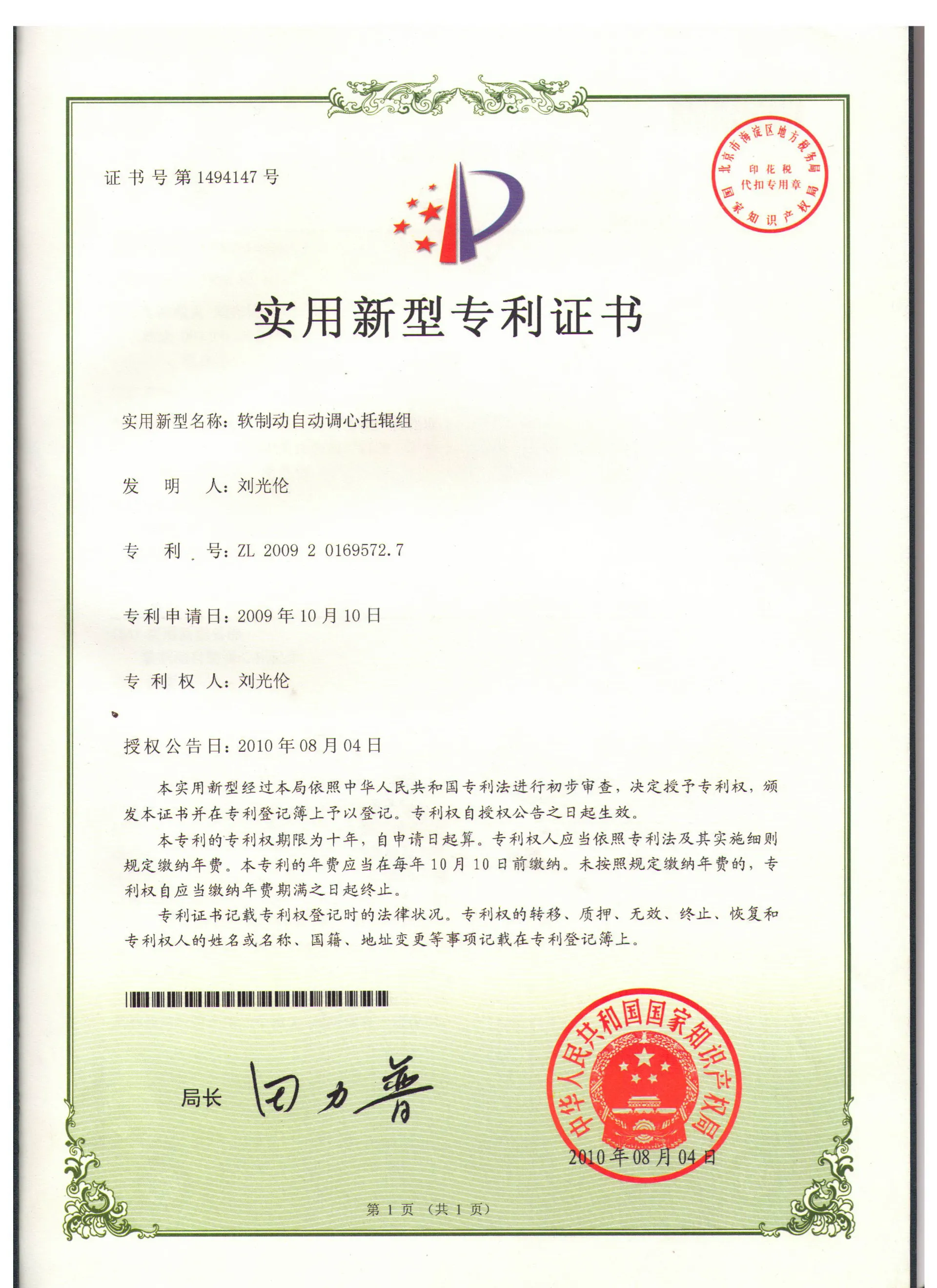 Afrikaans
Afrikaans  Albanian
Albanian  Amharic
Amharic  Arabic
Arabic  Armenian
Armenian  Azerbaijani
Azerbaijani  Basque
Basque  Belarusian
Belarusian  Bengali
Bengali  Bosnian
Bosnian  Bulgarian
Bulgarian  Catalan
Catalan  Cebuano
Cebuano  Corsican
Corsican  Croatian
Croatian  Czech
Czech  Danish
Danish  Dutch
Dutch  English
English  Esperanto
Esperanto  Estonian
Estonian  Finnish
Finnish  French
French  Frisian
Frisian  Galician
Galician  Georgian
Georgian  German
German  Greek
Greek  Gujarati
Gujarati  Haitian Creole
Haitian Creole  hausa
hausa  hawaiian
hawaiian  Hebrew
Hebrew  Hindi
Hindi  Miao
Miao  Hungarian
Hungarian  Icelandic
Icelandic  igbo
igbo  Indonesian
Indonesian  irish
irish  Italian
Italian  Japanese
Japanese  Javanese
Javanese  Kannada
Kannada  kazakh
kazakh  Khmer
Khmer  Rwandese
Rwandese  Korean
Korean  Kurdish
Kurdish  Kyrgyz
Kyrgyz  Lao
Lao  Latin
Latin  Latvian
Latvian  Lithuanian
Lithuanian  Luxembourgish
Luxembourgish  Macedonian
Macedonian  Malgashi
Malgashi  Malay
Malay  Malayalam
Malayalam  Maltese
Maltese  Maori
Maori  Marathi
Marathi  Mongolian
Mongolian  Myanmar
Myanmar  Nepali
Nepali  Norwegian
Norwegian  Norwegian
Norwegian  Occitan
Occitan  Pashto
Pashto  Persian
Persian  Polish
Polish  Portuguese
Portuguese  Punjabi
Punjabi  Romanian
Romanian  Russian
Russian  Samoan
Samoan  Scottish Gaelic
Scottish Gaelic  Serbian
Serbian  Sesotho
Sesotho  Shona
Shona  Sindhi
Sindhi  Sinhala
Sinhala  Slovak
Slovak  Slovenian
Slovenian  Somali
Somali  Spanish
Spanish  Sundanese
Sundanese  Swahili
Swahili  Swedish
Swedish  Tagalog
Tagalog  Tajik
Tajik  Tamil
Tamil  Tatar
Tatar  Telugu
Telugu  Thai
Thai  Turkish
Turkish  Turkmen
Turkmen  Ukrainian
Ukrainian  Urdu
Urdu  Uighur
Uighur  Uzbek
Uzbek  Vietnamese
Vietnamese  Welsh
Welsh  Bantu
Bantu  Yiddish
Yiddish  Yoruba
Yoruba  Zulu
Zulu main parts of belt conveyor
Main Parts of Belt Conveyors
Belt conveyors are one of the most widely used and versatile forms of material handling equipment in various industries. They are designed to transport goods and materials from one point to another efficiently. Understanding the main parts of a belt conveyor is essential for designing, maintaining, and optimizing their performance.
1. Conveyor Belt The belt itself is the most crucial component of a belt conveyor. It is usually made from a flexible material, such as rubber or PVC, which is reinforced with materials like polyester or nylon for strength and durability. The belt is designed to withstand continuous stress by carrying various types of loads. It is critical to select the right type of belt for the specific application, considering factors such as the weight of materials, temperature, and environmental conditions.
Main Parts of Belt Conveyors
3. Motor The motor is the power source that drives the conveyor belt. It can be an electric motor, hydraulic motor, or a combination depending on the application requirements. The selection of the motor is crucial, as it must provide sufficient torque and speed to move the load efficiently. In modern systems, variable frequency drives (VFDs) are often used to control motor speed and improve energy efficiency.
main parts of belt conveyor

4. Frame The frame provides structural support to the conveyor system. It is typically made from steel or aluminum and designed to withstand the loads and stresses imposed during operation. The frame must be durable and stable to prevent any sagging or bending, which could affect the belt’s alignment and function.
5. Skirting Skirting is essential for containing the material being transported on the belt. It is installed along the edges of the conveyor to prevent spillage and maintain a clean working environment. Effective skirting minimizes product loss and ensures that material stays on the belt during its transit.
6. Tensioning System A proper tensioning system is vital to keep the belt tight and prevent slippage. Various mechanisms, such as screw adjustments or hydraulic tensioners, can be used to maintain the correct tension. Optimal tension improves belt tracking and reduces wear.
Conclusion Understanding the main parts of a belt conveyor is key to ensuring effective operation and longevity. Each component plays a significant role in the system's overall performance. Proper installation, maintenance, and selection of materials in these components can lead to increased productivity and reduced downtime. Belt conveyors thus remain an indispensable asset in modern material handling systems, facilitating the efficient movement of goods across a wide range of industries.
-
Revolutionizing Conveyor Reliability with Advanced Rubber Lagging PulleysNewsJul.22,2025
-
Powering Precision and Durability with Expert Manufacturers of Conveyor ComponentsNewsJul.22,2025
-
Optimizing Conveyor Systems with Advanced Conveyor AccessoriesNewsJul.22,2025
-
Maximize Conveyor Efficiency with Quality Conveyor Idler PulleysNewsJul.22,2025
-
Future-Proof Your Conveyor System with High-Performance Polyurethane RollerNewsJul.22,2025
-
Driving Efficiency Forward with Quality Idlers and RollersNewsJul.22,2025





























